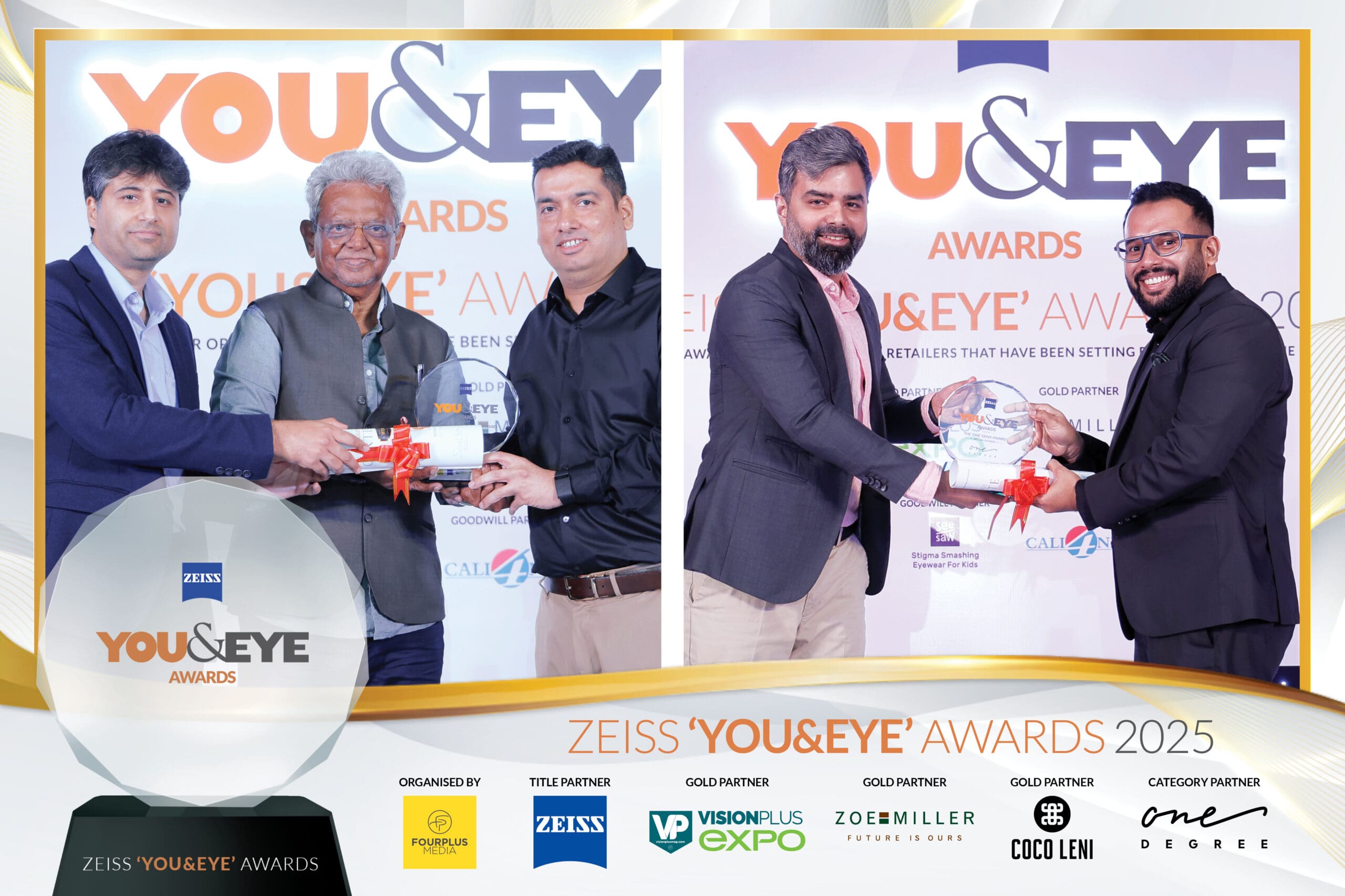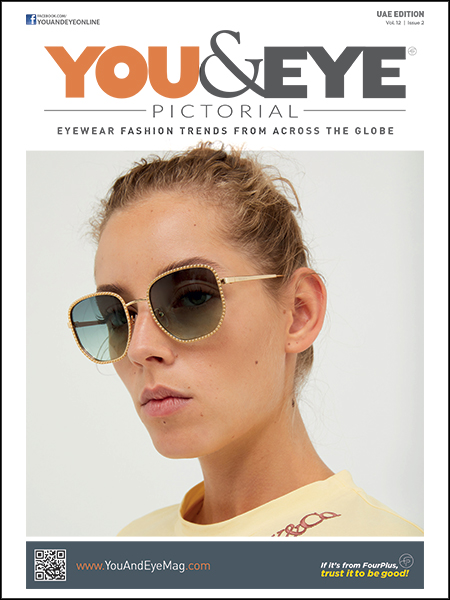Digital Devices And Blue LightSmartphones, tablets, laptops, television screens, MP3 players and even GPS devices, in fact most gadgets that have a LED or LCD display, emit blue light, also known as high energy visible (HEV) light. As such, blue light is naturally present in sunlight and helps us to stay awake. But too much of it can be hazardous to one’s vision
People are spending a lot of time accessing digital devices. It is, therefore, not at all surprising that an increasing number of people who use these gadgets complain about red and irritated eyes, dry eyes, blurred vision, visual fatigue as well as pain in their head, back, neck and shoulder.
A major disadvantage of using digital devices constantly and for prolonged hours, is that the screens of these gadgets emit light that is harmful for our vision. This light is called blue light and can cause health conditions including sleep disorders, headaches, blurred vision and fatigue.
WHAT IS ‘BLUE LIGHT’ EXACTLY?
The visible light that can be seen by the eye, goes from violet to red via blue, green, yellow and orange. And the colours of this so-called ‘white’ light – whose visible electromagnetic radiation extends over a range of wavelengths from 380 to 780 nanometers (nm), is getting a lot of interest from researchers and scientists. The blue area of the spectrum is the focus today.
Blue light can have disastrous effects on the human eye or, conversely, have a positive impact on health. However, this depends on whether its radiation varies between 465 and 495, which is ‘good’ blue light, or closer to the UV end of the spectrum, which is ‘bad’ blue light, according to a study commissioned by Essilor titled ‘Eyes and health: Dangers and Benefits of Light’.
BLUE LIGHT IS EVERYWHERE
According to a study by Taylor H R, West S and Munoz B, titled ‘The Long-term Effects of Visible Light on the Eye’, blue light can be beneficial in our everyday life. It is fundamental for vision, and for a person to perceive colour, shapes and details. Blue-turquoise light is equally important as it aids in one’s overall well-being.
At the same time, blue light can also be harmful to our vision and health, as was found by Ishikawa H, Onodera A, Asakawa K, Nakadomari S and Shimizu K in their study ‘Effects of Selective-wavelength Block Filters on Pupillary Light Reflex under Red and Blue Light Stimuli’. Prolonged exposure to blue-violet light is harmful to the retinal cells and is one of the risk factors for the onset of Age-related Macular Degeneration (AMD). The afore-mentioned Essilor study gives in-depth understanding about how blue light affects the eyes and leads to AMD. However, our visual system is well prepared for capturing light, since we have natural filters – macular pigments – for these wavelengths.
Unfortunately, the pigments, which are found in certain foods such as spinach, broccoli and other vegetables, accumulate less in the retina as we get older. And it is these pigments that accumulate in the very centre of the retina, filtering out blue light. The retina and its cells therefore become more vulnerable as a result of this reduced protection and the higher level of phototoxic sensitivity.*
As is always the case when we are exposed to new technology and its perils, prevention is always a major advantage. Dealing with risk factors such as tobacco or cardiovascular diseases and taking regular vitamin supplements are good measures for prevention. Another major factor in the seriousness of the issue is the current trend of replacing light sources with LEDs and lights based on semi-conductor technology. This move is being done with the focus on saving energy, which is a good thing. But like all technologies, there might be potential problems which we are unaware of at this stage. The spectrum of artificial light is going to change and there will be an impact on our eyes and vision.
Various lens companies around the world are trying to come up with products that will minimize the harmful effect of blue light on our eyes. Here are some products from a few of them…
Prevencia from Essilor
Essilor’s Crizal® PrevenciaTM lens coating has been developed to protect the eye from Harmful wavelengths of radiation present in the sun’s light. These no glare lenses are able to selectively deflect the harmful rays by filtering-out the Blue-Violet that is also known to cause degeneration of retinal cells, while allowing the Essential blue-Turquoise light to pass through that facilitates vision.
This is an unique category of preventive lenses developed using Light ScanTM, an exclusive technology developed by Essilor, which filters light selectively, by separating the beneficial blue-Turquoise light from the harmful blue-violet rays, as well as barring the UV rays that are known to accelerate the progression of cataracts; all this while maintaining the transparency of the lens.
Bluecontrol from Hoya
Hoya’s latest coating innovation, Hoya BlueControl, helps to neutralize this blue light emitted by LCD and LED screens preventing eye fatigue and eye strain as well as problems like sleeplessness. It keeps the eyes in better condition, offering a comfortable and relaxed vision along with a better contrast perception when using everyday digital devices.
BlueControl comes in a standard combination with Hi-Vision LongLife, the hardest antireflection coating in the market today, up to 7 times more scratch resistant than standard anti-reflection coatings. This new lens treatment is the next generation of its Recharge range, and is designed to protect eyes from the straining effects of the digital devices. The AR treatment has all the benefits of Hoya’s Super HiVision EX3, including substrate matching technology, and has the same overall transmittance, while reducing blue light by 10 percent, compared to conventional AR treated lenses.
BluTech from Signet Armorlite
BluTech Lenses are designed to help protect the eyes from blue light exposure without distorting colour vision. These lenses block all direct UV radiation and filter high energy visible light in proportion to the damage caused, allowing BluTech Lenses to provide natural colour and comfortable vision. BluTech Lenses (Indoor) offer a slight tint from infused ocular lens pigment and melanin that protects the eyes from harmful high-energy blue light radiated by fluorescent and CFL light bulbs, computer screens, tablets, smart phones and televisions. BluTech Lenses are a 1.56 index material and meet ANSI Z87.1-2003 high-impact test standards.
SeeCoat Blue AR coating from Nikon
SeeCoat Blue is an anti-reflective coating applied to prescription and plano lenses to reflect a portion of the blue wavelengths hitting the lens. This prevents all the blue light from passing through the lens to the eye, and then the retina. It reduces blue transmittance in the range from about 410 nm to about 500 nm while transmitting almost all the light at 550 nm, the eye’s most sensitive wavelength. SeeCoat Blue reduces blue wavelengths by reflection as well, and has 97.5 per cent luminous transmittance per cent. The company claims that this reduces blue light by 10 per cent, compared to conventional AR coated lenses.










